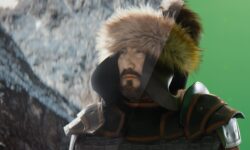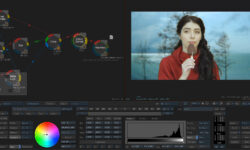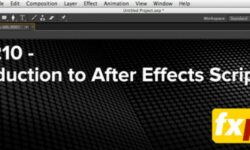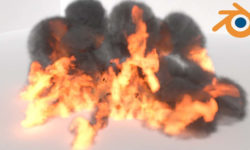FLM210 CG Integration Techniques in Flame
Release date:2023
Duration:06 h 18 m
Author:FXPHD
Skill level:Beginner
Language:English
Exercise files:Yes
This course will delve into shot-based learning, utilizing provided footage to explore the seamless integration of live-action and CG elements. While it encompasses keying and compositing techniques, its primary focus is elevating shots from an average level to exceptional quality.
With over a decade of experience in compositing using Smoke and Flame, Professor Joel Osis began his career at Channel 9 in Sydney, Australia, specializing in broadcast promos. He later ventured into freelancing for various post-production houses before joining Engine in Sydney. Presently, he serves as the Senior Flame Artist at Tendril in Toronto, Canada. Joel is renowned for his contributions to free tutorial sites like joelosis.com and fishbowl.tv, and he has been recognized as an official Flame Award nominee, securing multiple World Promax Awards.
Certainly, here’s a breakdown of the classes:
- Class 1: Setting up projects, preferences, plate prep, cleanup techniques, initial keying pass on provided shots.
- Class 2: Further exploration of keying techniques, combining keys, creating reflections, employing 3D reflection passes.
- Class 3: Building the main comp within action, utilizing FBX and camera projections to add dynamism, using Action’s multiple outputs.
- Class 4: Finalizing shots – lightwrap, edge blur, regraining, chromatic aberration, color tweaks, sharpening.
- Class 5: Addressing challenging shots, dealing with CU lock-offs, avoiding roto, enhancing difficult shots.
- Class 6: Handling lens distortion, advanced keying techniques for hair, combining methods for optimal results.
- Class 7: Working with mismatched backgrounds, dynamic green screens, creating composite elements, adding lens dirt.
- Class 8: Utilizing Flame’s planar tracker, optimizing tracking settings for solid results.
- Class 9: Crafting a cinema graph from scratch in Flame, using photos, exploring looping animations and textures.
- Class 10: Techniques for day-to-night conversions, exploring convincing methods and common pitfalls.
These classes will offer in-depth insights into compositing and keying techniques using Flame, addressing various challenges encountered in real-world scenarios.



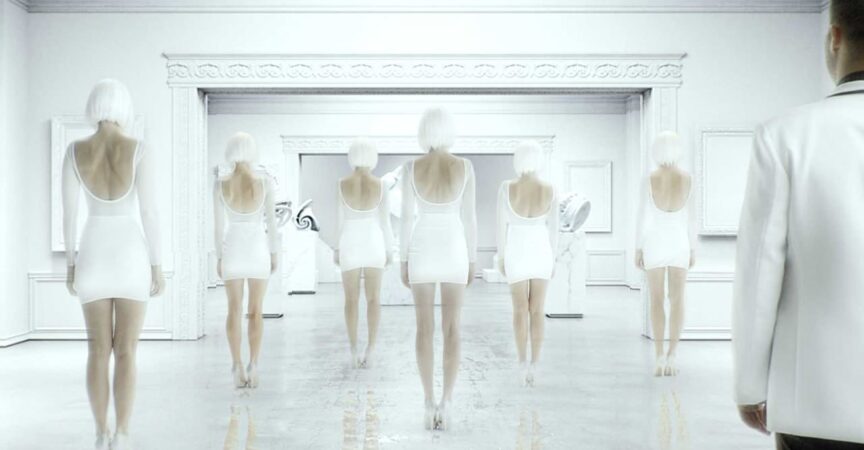

 Channel
Channel